In a major win for Montana wolf hunting, a district court judge declined to extend a temporary restraining order that restricted bag limits within the state in a decision handed down on Nov. 29, ruling that the hunting season would not permanently harm the state’s thriving wolf population.
In October, a group of anti-hunting animal rights groups, including WildEarth Guardians and Project Coyote, filed a lawsuit against the Montana Department of Fish, Wildlife & Parks and the Montana Fish and Wildlife Commission. The groups claimed significant flaws in the state’s methods for estimating the number of wolves roaming Big Sky Country. The groups also contended that killing wolves near Yellowstone National Park would harm the park’s iconic wolf packs and interfere with conservation efforts.
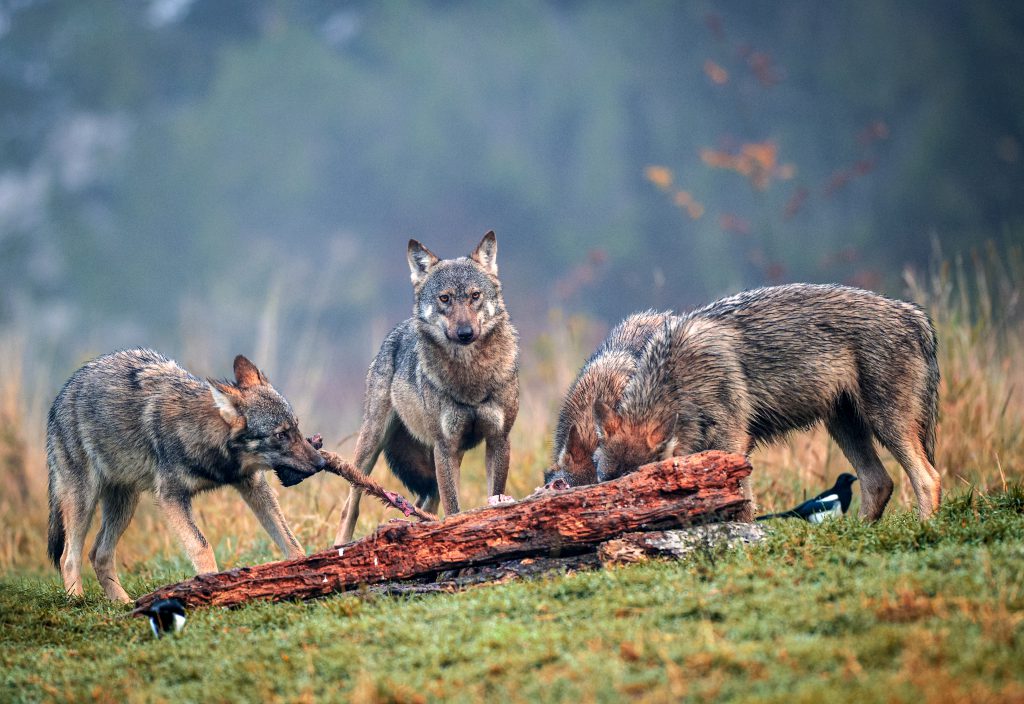
Christopher Abbott, a district court judge in Lewis and Clark County, issued a temporary restraining order on Nov. 16. The judicial order didn’t halt the Montana wolf season, which was already in full swing. However, it reduced individual bag limits from 20 wolves total — 10 from hunting and 10 from trapping — to five total. The order also banned the use of snares.
Abbott decided against extending the order, which expired Tuesday, Nov. 29, after hearing lengthy testimony from both sides of the Montana wolf-hunting debate. With the order’s expiration, Abbott effectively restored all wolf hunting and trapping regulations set by the Commission in August.
“We’ve proven we can manage wolves across the state and will continue to do so.”
—Hank Worsech, Montana Parks Director
“The state has a legitimate interest in managing wolves and being able to do so in a manner that is efficient, consistent, and understandable to the public, and that accounts for all the interests at stake, including those of hunters and ranchers,” Abbott wrote in his ruling.
RELATED – There Are Gray Wolves in New York Says DNA of Hunter’s Kill
Montana Has a Healthy Wolf Population
The Department maintains that the state has a “healthy and stable population of wolves.”
Montana is currently home to an estimated 1,100 wolves, a population that has remained steady and stable even after hunters tagged 329 wolves during the 2021 season.
“Even if 450 wolves are killed, no witness presented evidence that this year will plunge Montana wolf populations below a sustainable level,” Abbott said.
“We’ve proven we can manage wolves across the state and will continue to do so,” Parks Director Hank Worsech said in a statement.
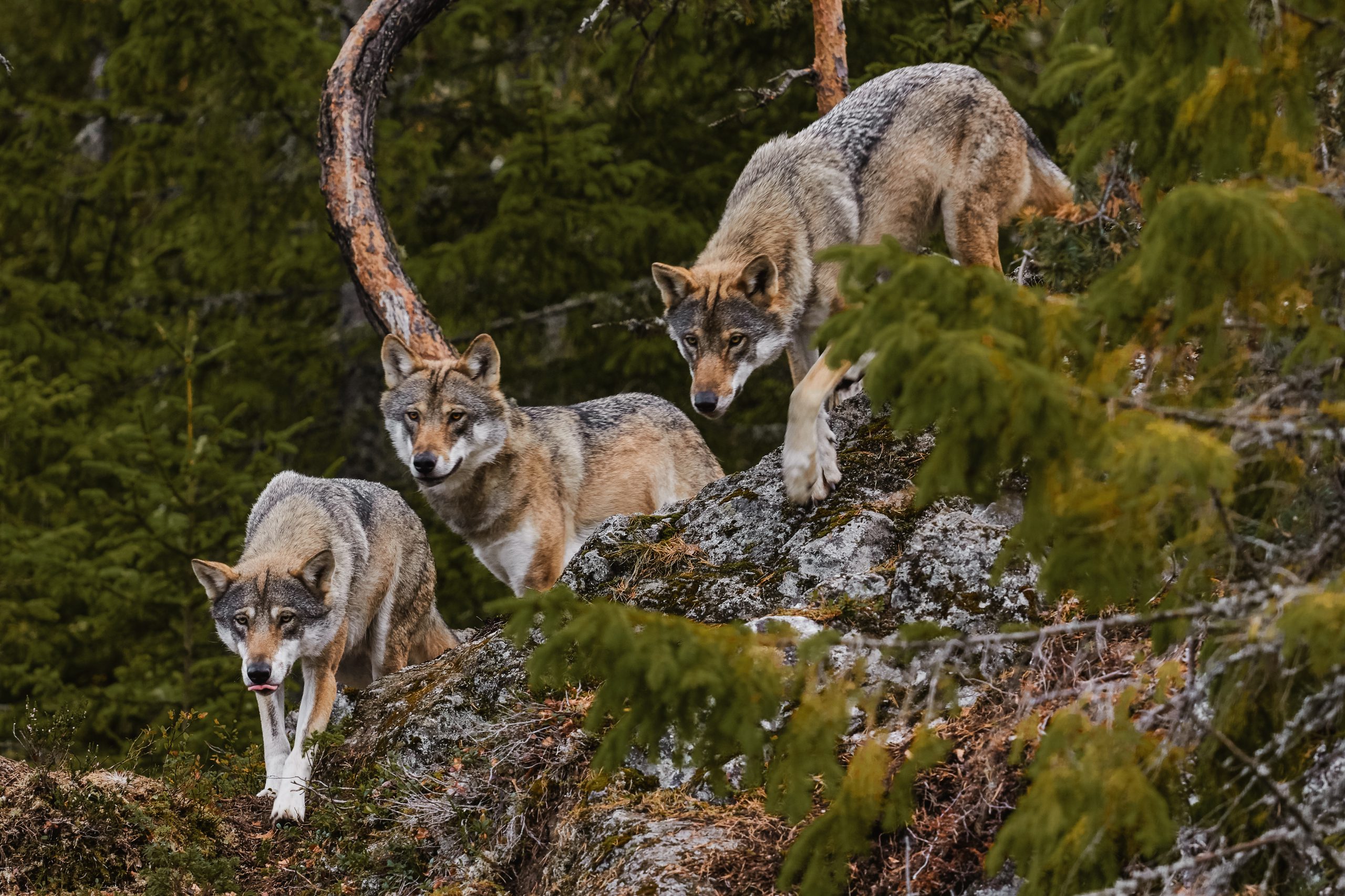
The Montana wolf-hunting debate has simmered just as radical environmental groups push for reintroduction in areas beyond current gray wolf ranges, including spots on the West Coast, the southern Rocky Mountains, and the Northeast.
Wolves were extirpated in most of the U.S. by the early 20th century due to aggressive government-sponsored predator-control programs. In 1978, the gray wolf was added to the Endangered Species list.
Canadian gray wolves were reintroduced in the northern U.S. Rocky Mountains in the 1990s, and after half a century of research and management, these canids have made quite the comeback.
The Northern Rocky Mountains wolf population was delisted in 2011, except for Wyoming, which was delisted in 2017. Due to expanding numbers, the remaining wolf populations in the Lower 48 were delisted in 2021. Today, an estimated 6,000 wolves roam the contiguous U.S., far exceeding recovery goals for the species.
READ NEXT: There Are Gray Wolves in New York Says DNA of Hunter’s Kill



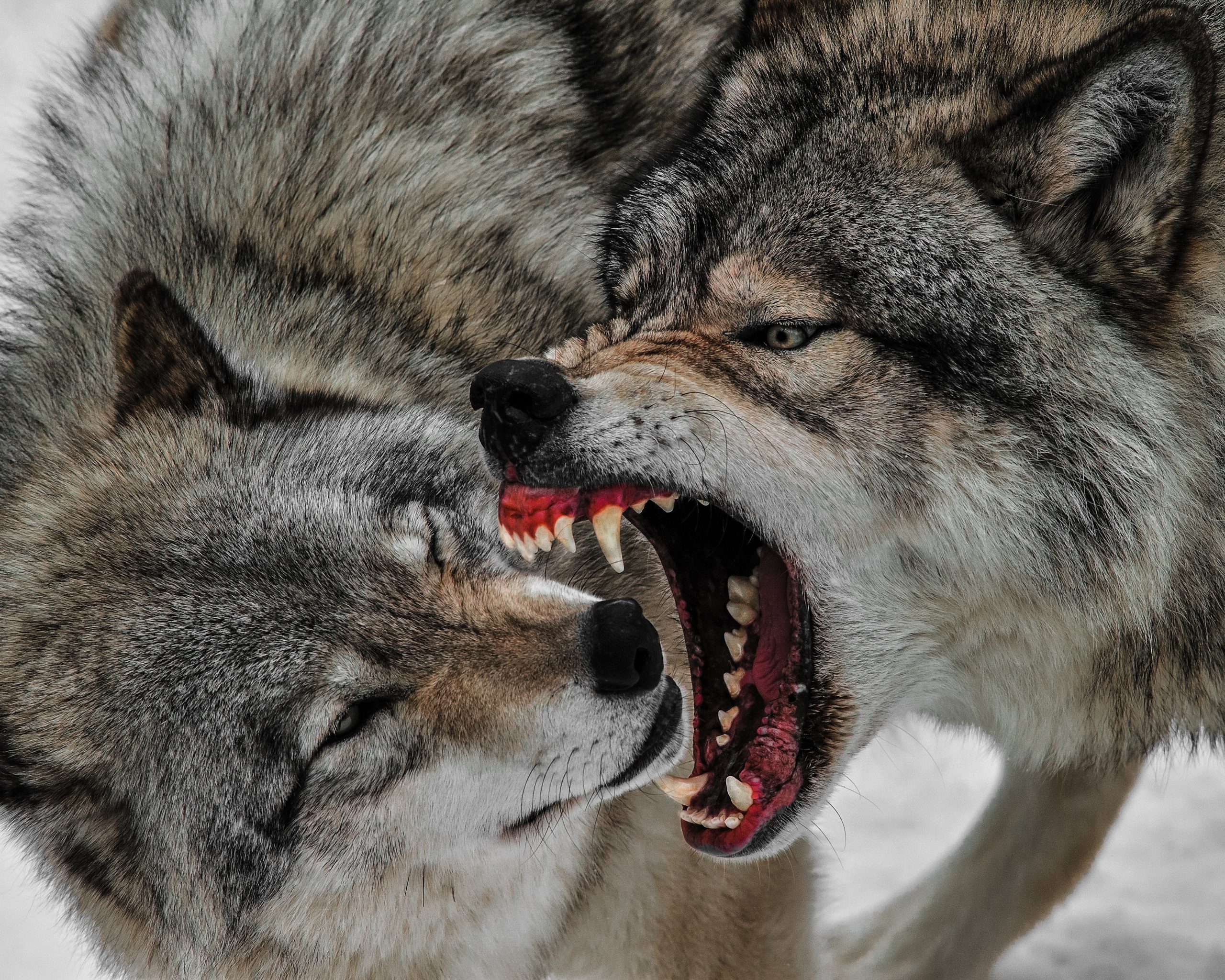

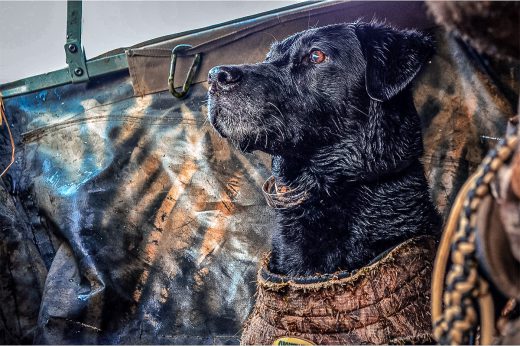
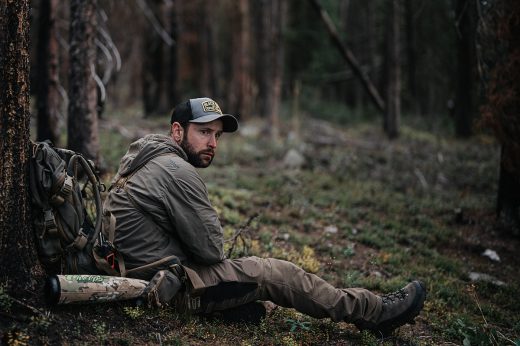



Comments